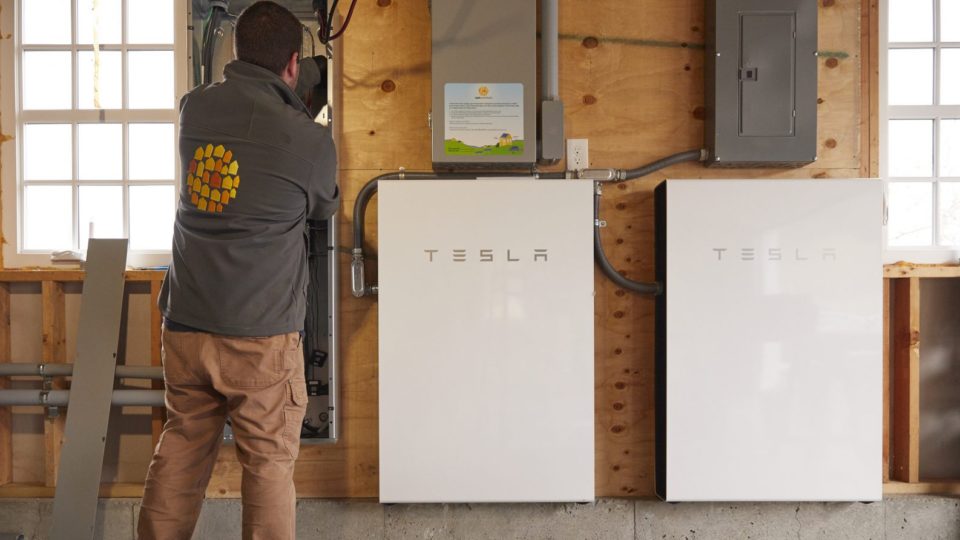With Battery Backup, You’re In Charge
With Battery Backup, You’re In Charge
While the West is plagued with extreme heat and wildfires, the East Coast is dealing with intense hurricanes and record-breaking rainfall. No matter which side of the country you’re on, it’s time to admit that the effects of climate change will continue to challenge us for the foreseeable future. That may be disheartening, but it doesn’t mean we’re powerless to reduce its impact in our daily lives.One great way to protect ourselves against the impacts of our changing climate is home energy storage. If you have solar at your home, or are taking steps to have solar panels installed, you may have the opportunity to add solar battery backup which can keep your home running in the event of a power outage. So when the weather gets rough, your heat, well pump, refrigerator, oven, internet and more can keep on powering through.
How It Works
Your solar panels and your battery are a dynamic duo, each with an important role in supporting your energy needs. Solar panels generate energy during the day, feeding it to your battery which stores solar energy so you can use it when you need it — such as when the power goes out, or even just at night. In contrast to generators, which are loud, dirty, and require regular maintenance to be functional when you need them, a home battery backup system is quiet and clean, and requires no upkeep. In the event of a power outage, your battery backup operates all by itself, automatically and seamlessly kicking in so you won’t even notice a disruption.
Powerwall Powers Through
While there are a few battery backup products on the market, SunCommon currently relies on the Tesla Powerwall, thanks to its proven success in powering Tesla’s electric vehicle fleet, as well as the 650+ battery systems we’ve already installed!How long will solar batteries last on a full charge? The answer depends on whether you use your battery to run your entire house or just to provide power to “critical loads” like your furnace in the winter, well pump, fridge and freezer, etc. One Tesla Powerwall unit can store 14kWh of electricity, so if you keep your usage low, it’ll last about a day. Two Powerwalls will double your capacity, which you may want to consider if you live in an area prone to long-term power interruptions.Another important factor is how long it takes to charge Powerwall with solar panels. This depends on how much energy your panels are able to generate, which in turn depends on a number of factors, including the time of year, cloud cover, and temperature. Under ideal conditions, when no power is being drawn, an 8kW solar array (about 21 panels) can fully charge a Powerwall in 8 hours.
A More Predictable Future
Installing solar panels at your home or business is an important step that many New Yorkers and Vermonters are taking to put us on a path toward a clean energy future. But going solar with battery backup is an even smarter investment.Why? For one thing, utility rates are unlikely to come down in years to come, and in fact, as the need for grid infrastructure repair and expansion grows, rates are only more likely to increase. With solar, you lock in your energy costs now and avoid any future rate increases. There are also financial incentives available not just for solar but also to help offset the cost of adding battery backupSecondly, there’s a lot about climate change that’s out of our control. Extreme weather is something we’re just going to have to get used to. But we can also prepare for the uncertain future, starting right now. Installing a solar battery backup system at your home puts power, both literally and figuratively, where it belongs: in your own hands.
Feeling charged up about battery backup?
We’d be pumped to talk to you about it!
Schedule A Call
Leave Your Info
